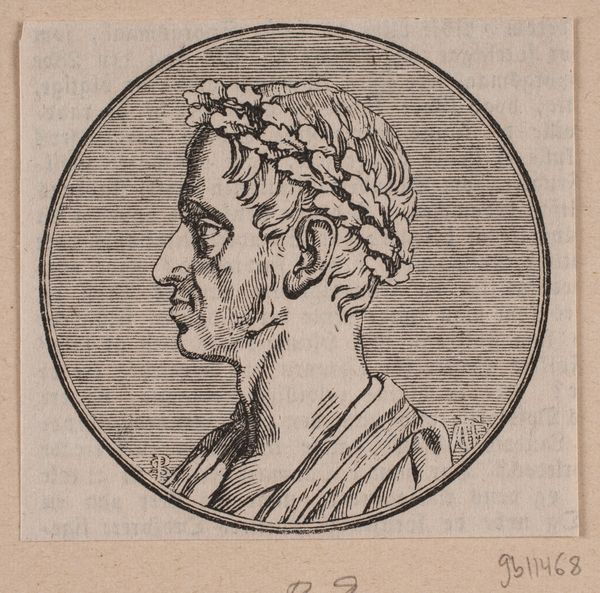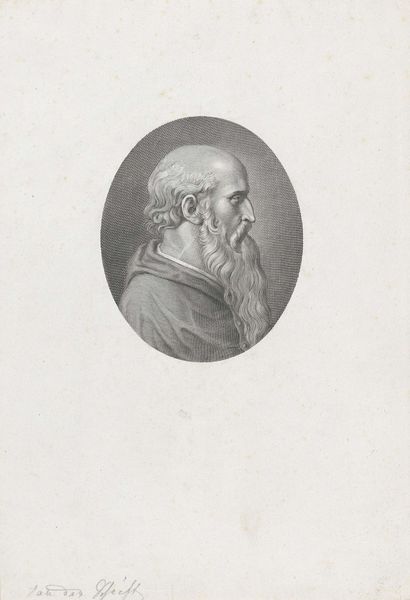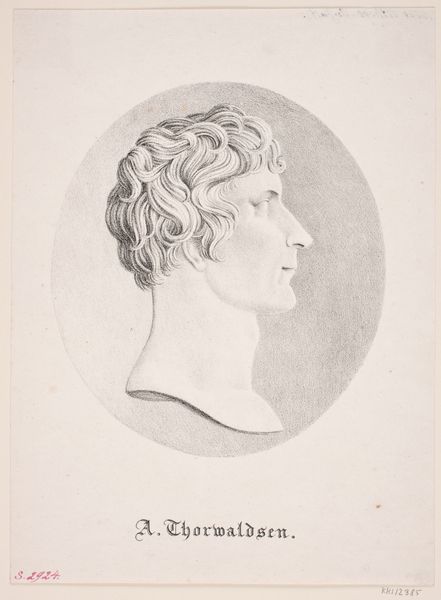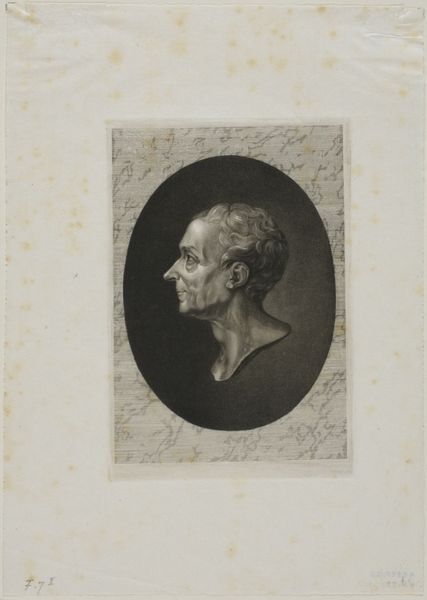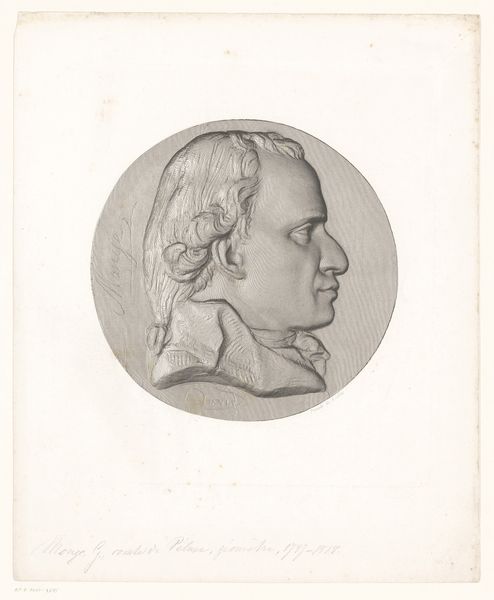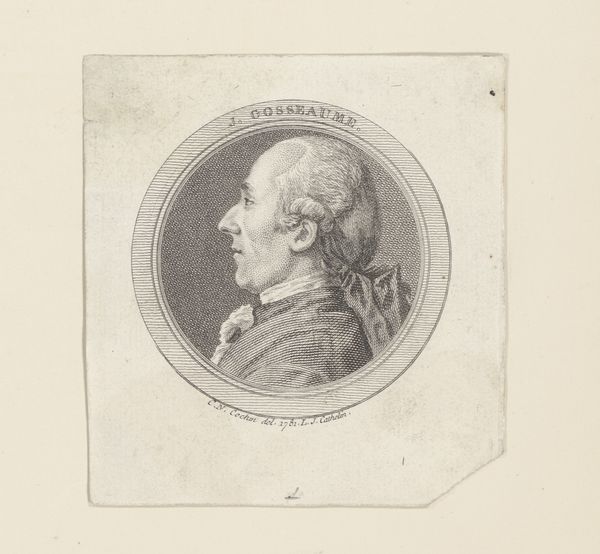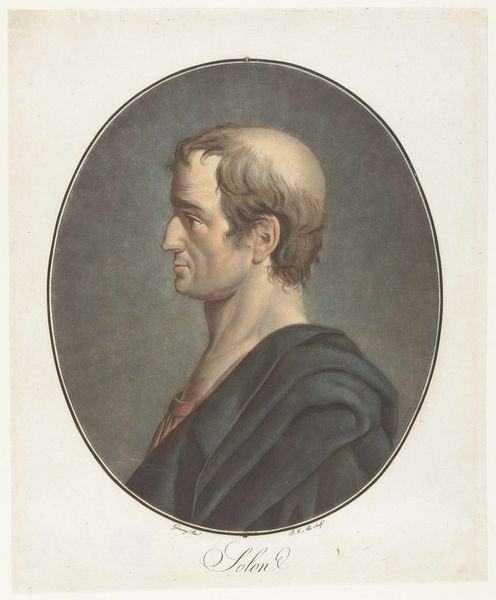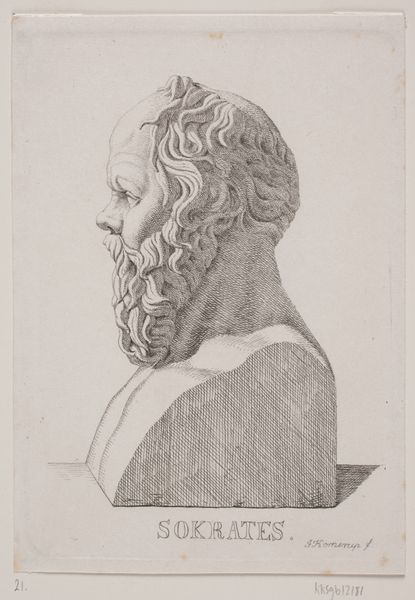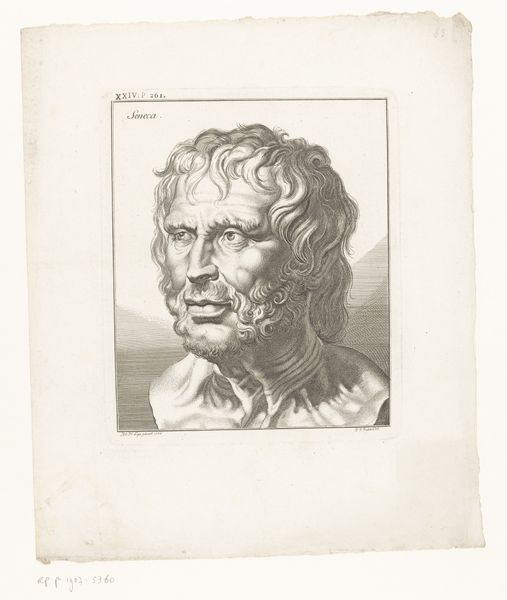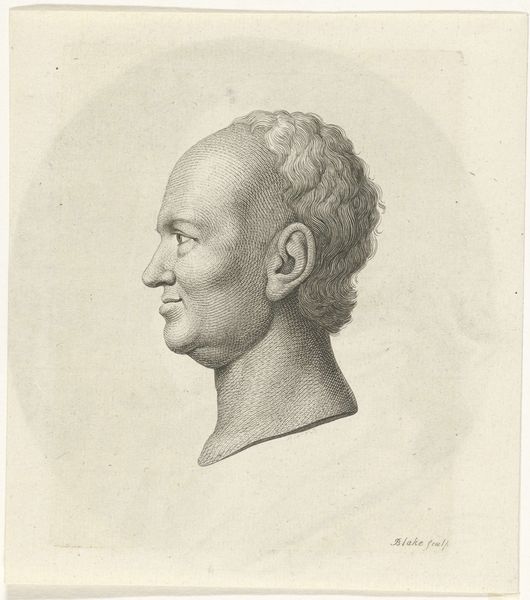
drawing, pencil
#
portrait
#
drawing
#
caricature
#
charcoal drawing
#
pencil drawing
#
classicism
#
pencil
#
portrait drawing
#
academic-art
#
realism
Dimensions: height 138 mm, width 148 mm
Copyright: Rijks Museum: Open Domain
Curator: Welcome to the Rijksmuseum. Here we have an interesting portrait of Willem II, King of the Netherlands. We don't know who made it, but we believe it dates somewhere between 1840 and 1899, rendered in pencil. Editor: It strikes me as austere. The stark contrast, the rigid profile—it feels like a mask, really, or a coin. Intentionally detached, maybe? Curator: Precisely! It's that air of detachment which makes it interesting, especially when contextualized. The Netherlands in that era grappled with defining its national identity post-Napoleonic rule, and images of its monarchs were, unsurprisingly, politically charged. Editor: Right. So, we have a king trying to embody a nation. But that tight-lipped expression speaks volumes. I wonder, what narratives are suppressed or reinforced through images like this? We're taught history through a very curated lens. Curator: Good point. His power had real implications for colonized peoples in Dutch territories. So how does this relate back to visual depictions? Well, there was a deliberate cultivation of the monarchical image, projected at home and abroad. The pencil drawing likely had much less direct circulation than, say, a state-commissioned oil painting or mass-produced lithograph of Willem. Editor: That’s fascinating—pencil is a surprisingly democratic medium. There is something almost subversive about it. One may read resistance or critique into its seeming “unofficialness”. It avoids the heavy hand of traditional power. Curator: Yes, pencil allows a form of subtle agency. I find the image unsettling due to the subtle interplay between royal authority and artistic expression that exists in this work. I can't quite decide if I find that to be charming or frightening. Editor: And perhaps that’s the point. Power is never absolute, always a negotiation, always leaving traces of doubt or discomfort. It pushes us to question, even now, who gets to be seen and how. Curator: Indeed, it compels a critical lens on these portraits.
Comments
No comments
Be the first to comment and join the conversation on the ultimate creative platform.

